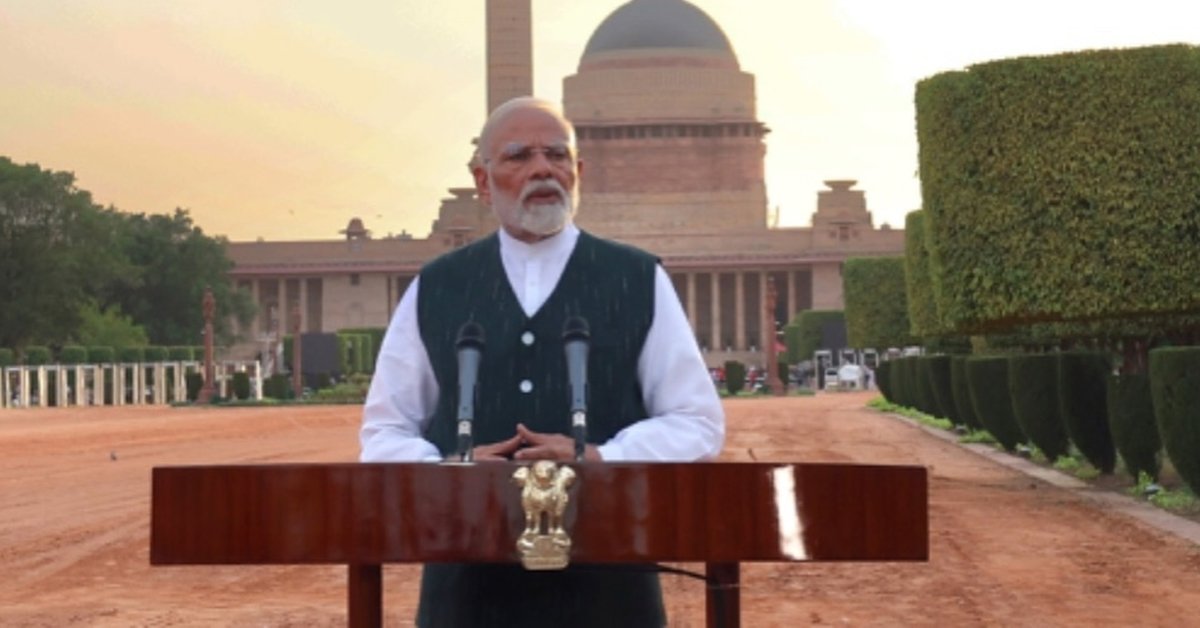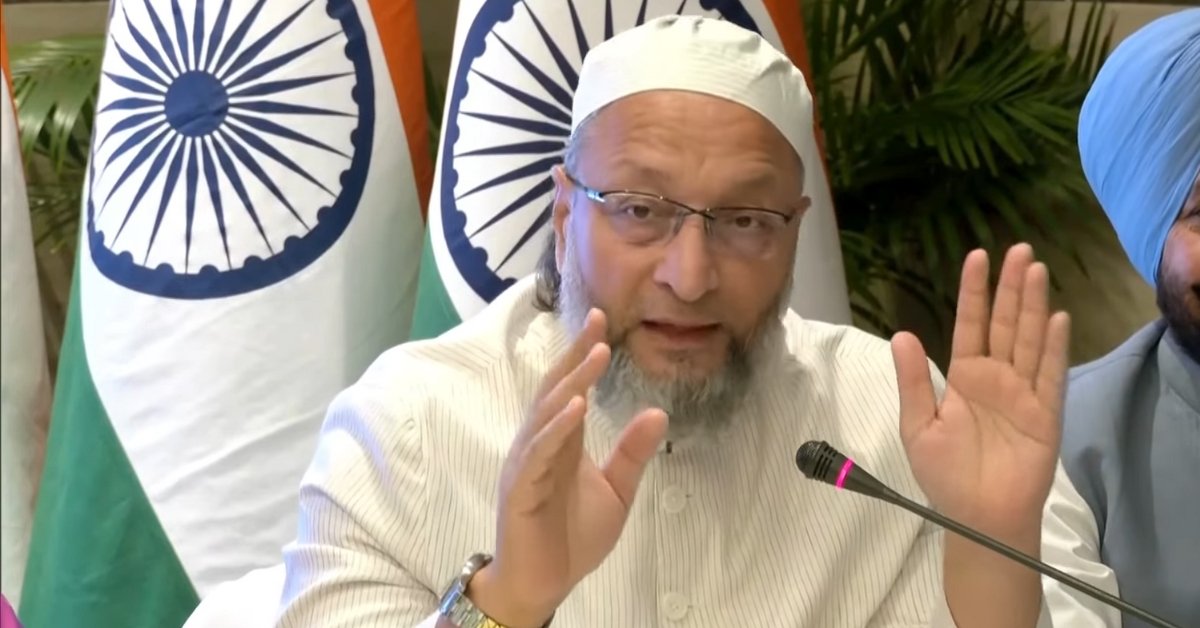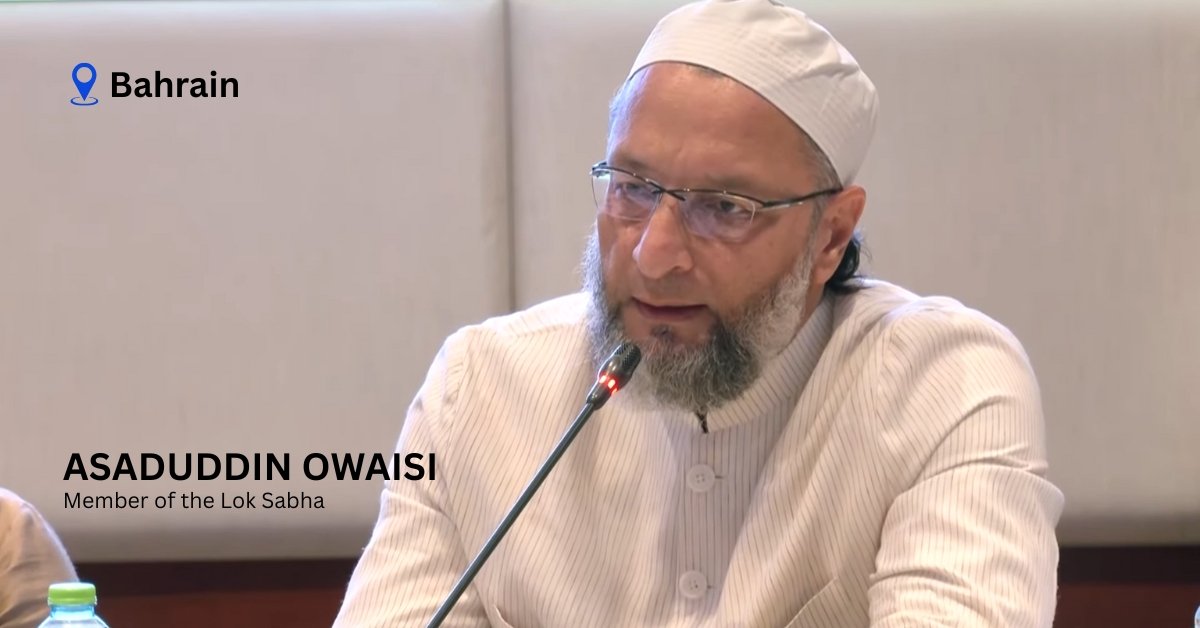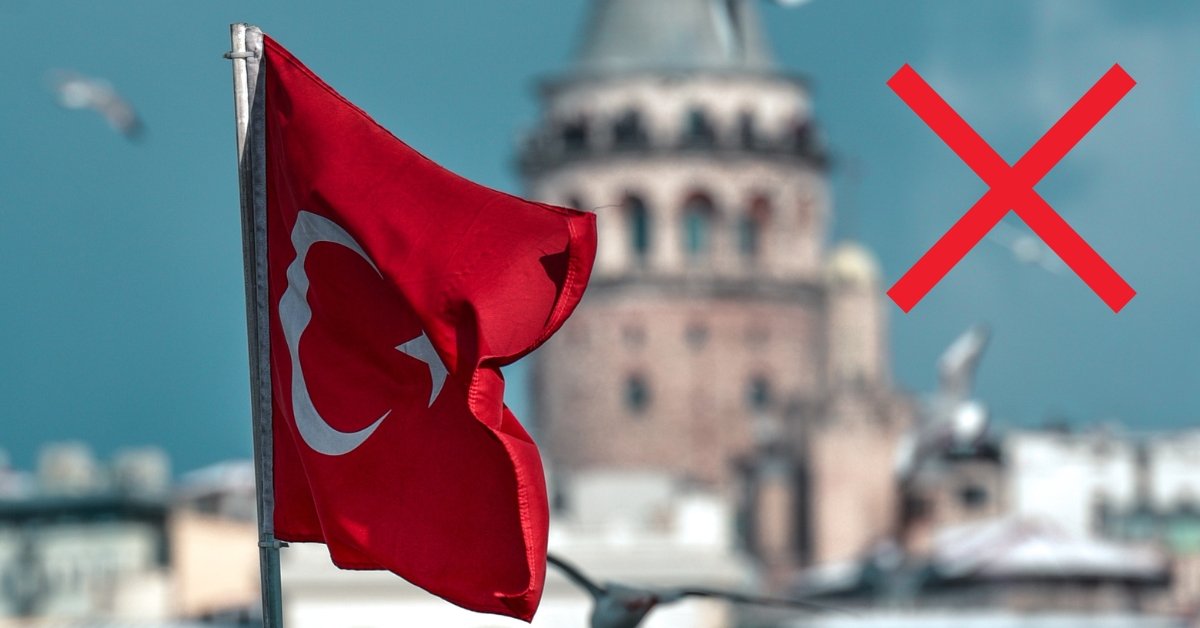Operation Sindoor: India’s precision strike on May 7, 2025, targeted terrorist camps in Pakistan and PoK, avenging the Pahalgam attack.
Table of Contents
Operation Sindoor

On May 7, 2025, India launched Operation Sindoor, a meticulously planned military strike targeting terrorist infrastructure in Pakistan and Pakistan-occupied Jammu and Kashmir (PoK).
This operation was a direct response to the horrific Pahalgam terror attack on April 22, 2025, which claimed 26 lives, mostly Indian tourists.
Here is an in-depth look at what Operation Sindoor was, why it happened, and its broader implications.
The Pahalgam Attack: A Catalyst For Action
The spark for Operation Sindoor was the brutal attack in Pahalgam, Jammu and Kashmir, where Pakistan-backed terrorists killed 26 civilians, 25 Indian men, and one Nepali national.
The attackers, linked to groups like Jaish-e-Mohammed (JeM), Lashkar-e-Taiba (LeT), and Hizbul Mujahideen, targeted Hindu men in a religiously motivated assault, leaving widows and families in grief.
The attack’s cruelty, with victims killed in front of their loved ones, shocked the nation and demanded a strong response.
What Was Operation Sindoor?
Operation Sindoor was a precision strike conducted by the Indian Armed Forces between 1:05 AM and 1:30 AM on May 7, 2025.
The operation targeted nine terrorist camps, four in Pakistan (e.g., Markaz Subhan Allah in Bahawalpur) and five in PoK (e.g., Syedna Bilal Camp in Muzaffarabad).
These sites were hubs for training and planning attacks, including the 2019 Pulwama bombing.
How It Was Executed
The Indian Army, Navy, and Air Force worked in tandem, using advanced weaponry like SCALP cruise missiles, HAMMER smart bombs, and loitering munitions (suicide drones).
Launched from Indian territory to avoid escalation, the strikes were described as “focused, measured, and non-escalatory,” sparing Pakistani military sites to limit collateral damage.
Indian officials reported around 100 terrorists killed, including key JeM figure Abdul Rauf Azhar.
The Symbolism of “Sindoor”
Named by Prime Minister Narendra Modi, “Sindoor” (vermilion) carries deep cultural weight.
In Hindu tradition, sindoor signifies a woman’s marital status.
The operation’s name honored the widows of Pahalgam, whose husbands were killed, with spilled sindoor symbolizing their loss and India’s resolve.
The Indian Army’s announcement featured a graphic of spilled sindoor, underscoring this emotional narrative.
However, some feminist scholars criticized the name for reinforcing traditional gender roles.
Pakistan’s Response And Escalation
Pakistan claimed 26 civilians died and 46 were injured in the strikes, labeling them an “act of war.”
They retaliated with shelling along the Line of Control (LoC), causing casualties on the Indian side, including 12 civilians and one soldier in Poonch.
Pakistan also alleged shooting down Indian planes, though India did not confirm this.
With Pakistan’s air force on high alert and Prime Minister Shehbaz Sharif authorizing potential retaliation, fears of a broader conflict loom.
Domestic And International Reactions
In India, Operation Sindoor garnered widespread support.
Political leaders from Congress to DMK praised the armed forces, and families of Pahalgam victims, like Himanshi Narwal, found solace in the strikes.
Internationally, the U.S. urged de-escalation, with President Donald Trump and Secretary of State Marco Rubio emphasizing diplomacy.
The UN called for restraint, while the UK Parliament debated the rising tensions.
Civilian Impact And Ongoing Tensions
The operation disrupted life in northern India.
Flights were halted at airports like Srinagar and Delhi, schools near the border closed, and civil defense drills were conducted nationwide.
Indian officials noted that Operation Sindoor is ongoing, so the situation remains fluid, with both nations on edge.
Why Operation Sindoor Matters
Operation Sindoor marks a bold evolution in India’s counter-terrorism strategy.
Unlike the 2016 surgical strikes or 2019 Balakot airstrikes, it targeted multiple sites deep in Pakistan with cutting-edge technology, all while minimizing escalation risks.
The operation blends emotional symbolism with strategic precision, delivering justice for Pahalgam’s victims and signaling India’s zero-tolerance policy on terrorism.
Looking Ahead
As tensions simmer, the world watches closely.
Operation Sindoor underscores the delicate balance between retribution and restraint in a region where both nations wield nuclear capabilities.
While India has sent a clear message, the path forward hinges on diplomacy to prevent a wider conflict.
Note: Casualty figures and claims, like Pakistan’s report of downed planes, remain unverified. Both nations’ narratives are polarized, so readers should approach such details cautiously.






